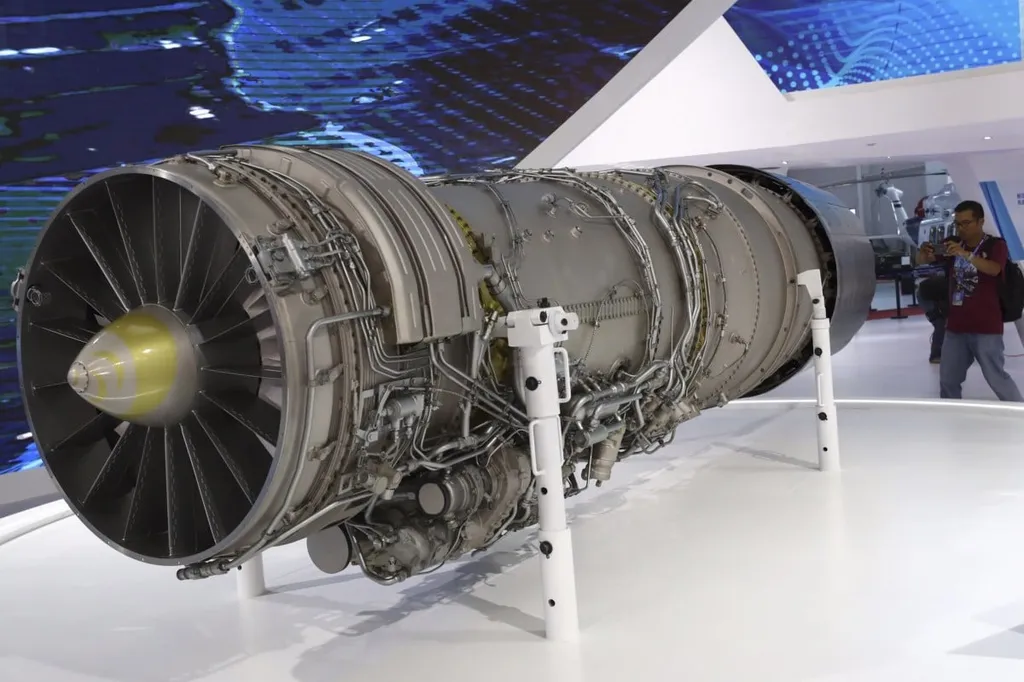In the heart of China’s power generation landscape, a critical challenge has been quietly addressed, with implications that could resonate far beyond its borders. Researchers have been grappling with the longevity of Inconel 625 alloys, a material widely used in steam turbine blades due to its exceptional high-temperature performance. The issue? Long-term service in high-temperature environments can lead to failure, and while repairing these alloys is the most economical solution, research in this area has been scarce—until now.
Lilan Li, a researcher from Zhengzhou Railway Vocational and Technical College, has been at the forefront of this investigation. Her team prepared Inconel 625 surfacing alloys using a surfacing process and studied their oxidation behavior at temperatures ranging from 600°C to 800°C over different periods. The results, published in *Materials Research Express* (which translates to “Materials Research Express” in English), are promising.
The study revealed that the corrosion rate of the Inconel 625 surfacing alloy was a mere 0.038 mm per year, achieving grade 4 corrosion resistance—a significant milestone for practical engineering applications. The oxides formed on the surface were primarily chromium oxide (Cr₂O₃), nickel oxide (NiO), and molybdenum trioxide (MoO₃). Notably, the content of NiO decreased while the content of Cr₂O₃ increased from the outer oxide layer to the substrate, indicating that oxidation primarily occurred through the diffusion of oxygen.
“This research provides a robust foundation for the application of Inconel 625 surfacing alloys in high-temperature environments,” Li explained. “The findings could significantly extend the lifespan of steam turbine blades, reducing maintenance costs and improving the overall efficiency of thermal power plants.”
The commercial implications for the energy sector are substantial. Thermal power generation remains the backbone of China’s electricity supply, and any advancements in material durability can lead to considerable cost savings and operational efficiencies. As the global push for cleaner and more efficient energy solutions intensifies, the ability to extend the life of critical components like turbine blades becomes increasingly valuable.
Li’s research not only sheds light on the oxidation behavior of Inconel 625 surfacing alloys but also opens the door for further exploration into their potential applications. “This is just the beginning,” Li noted. “Future research could focus on optimizing the surfacing process and exploring other high-temperature materials to further enhance performance and durability.”
As the energy sector continues to evolve, the insights gained from this study could pave the way for more resilient and cost-effective solutions, ultimately contributing to a more sustainable and efficient energy landscape.

